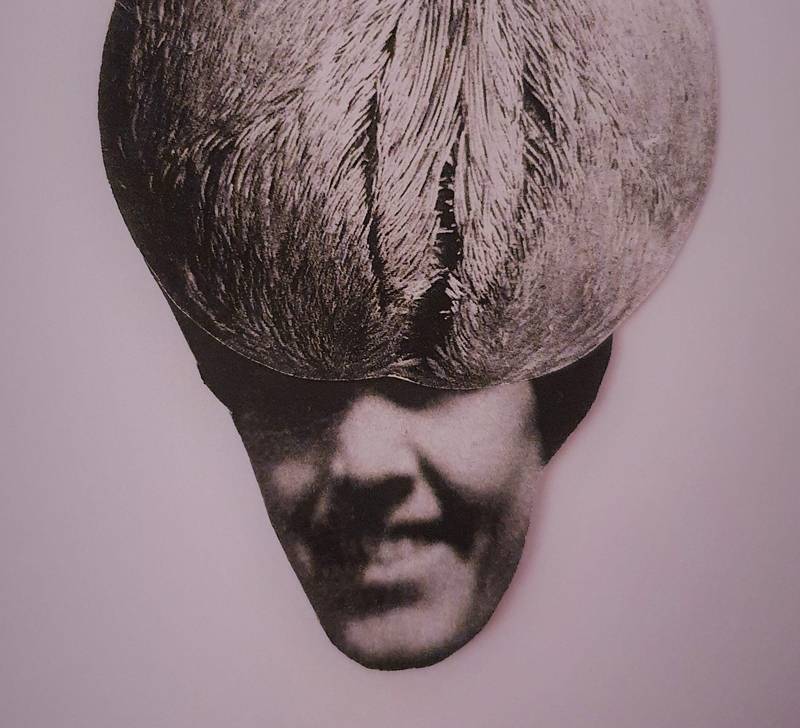Exploring the role of art in activism at the Art of Management and Organisation Conference.
Arts & cultureOrganisationsArchive

In telling the story of my journey as an artist with a social practice I always return to the Sea of Galilee (sea of Tiberius, Buḥayrat, Ṭabarīyā, Lake of Gennesaret to name a few) — the geopolitical context of my first experience of Tavistock Group Relations, where the social meaning of the arts became visible as I took part in the large group sessions.
The Christian parables of my rural English childhood were in this ancient landscape — boats, fishermen, (diminishing) water. What I witnessed was the whole group creating images as those within it explored their relatedness to each other, to the world beyond. At one point we fantasised that we had conjured up a rain storm with our narratives and projected this potency onto a young female rabbi. This was the origin for me of art and organisation as the theoretical lens of object relations initially offered meaning to group image making and which I have more recently come to understand as having something to do with the textures and surfaces of organisation created as we react and evolve in context.
It is this that I explore in my studio based research and what in early August I took as one of a group of Tavistock practitioners to the Art of Management and Organisation’s ‘Art and Activism’ conference. We took an activist stance in joining this community by introducing a daily Social Dreaming matrix* to the programme. An organisational intervention that we suggested could be a container to surface and give voice to the unconscious processes of exploring art as activism together.
Nuala Dent drew each matrix as it unfolded – her drawing process leaves both a final image and an animation to the matrix and mirrors an activist practice that she brings to working with clients and organisations. Amongst the dreams and associations in the matrices were hieroglyphic symbols, ancient horses, packs of cards, red, “red wants you to pay attention”, packing and unpacking of suit cases, a poison chalice.
A significant association to the preoccupations and concerns of the conference was to the Tower of Babel:
“The Tower of Babel.
A unified code of symbols.
Everything is scattered when the tower collapsed.
There was panic.
No longer a key for understanding each other.”
The collapsing tower seemed to capture both the nature of our here and now and the task of the conference and the community. The socio ecological within the Tavistock tradition talks to Anthropocene organisations where fragile and sensitive systems adapt and maladapt to the turbulent environment through fragmentation, cold dissociation and fundamental behaviours. Art perhaps is involved simultaneously in deep attunement to our new and emerging ecology and in the creation of new symbols and metaphors for organisation.
Simone Kennedy, who was a TIHR visiting artist in residence, situates herself deep in this sensitive attunement. Through her art Kennedy reimagines a symbolic mother and sees this as a form of activism where her story is a version of many people’s stories.
Antonio Sama and I experimented with telling a different version story about working with the Institute’s archive. We experimented with deconstructing our story into a more aesthetic and fragmentary form to see what understanding it brought to the work a few years on. In doing this it has opened us up to our work with history and archives in organisations as activism – working with the archive giving the possibility of a plurality of identities, what we call our ‘Many Me’s’. The polyphony of actors in history opens us up to the polyphony inside ourselves and toward the rehumanisation rather than dehumanisation of the other.
These are the reflections and sense making as they aided through our role in convening a stream and the social dreaming spaces at the conference. We left the conference struck by a final performance of the ‘The Dead-United’ by Pil Galia Kollectiv. A dark and humorous performance on the exploitation of labour and how it continues long after we are dead. They are artists challenging the organisational forms in which art takes place and working as activists to challenge the social and economic assumptions of ART!
*Social Dreaming is methodology evolved from Wilfrid Bion’s work with groups as it was developed by Gordon Lawrence of the Tavistock Institute. Dreams are brought and shared in a matrix to enable exploration of the unthought and unconscious dimensions of our times.

Juliet Scott
Business Curator
Juliet Scott is one of the programme co-directors for Deepening Creative Practice with organisations, a unique trans-disciplinary programme weaving together the arts and social sciences.
SOURCE:
https://www.tavinstitute.org/news/everything-is-scattered-and-the-tower-has-collapsed(accessed 10.11.23)
No comments:
Post a Comment